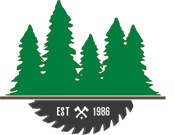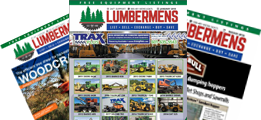Table of Contents Introduction: Why People Are Turning to Used Sawmills How Much Does a Used Sawmill Cost in the U.S.? The Value of Owning a Sawmill Profit Potential of Small-Scale Sawmills How Much Does a Sawmill Charge for Cutting Lumber? Is a Sawmill the Same as a Lumber Mill? Conclusion: Making the Right Investment […]
Forestry Essentials: How to Choose the Right Used Forestry Equipment for Your Business
When it comes to running a successful forestry business, having the right equipment is crucial. Whether you are involved in logging, lumber production, or forest management, the efficiency and effectiveness of your operations depend heavily on the quality of your forestry equipment. While purchasing new equipment might seem like the obvious choice, considering used forestry equipment can be a cost-effective and practical alternative.
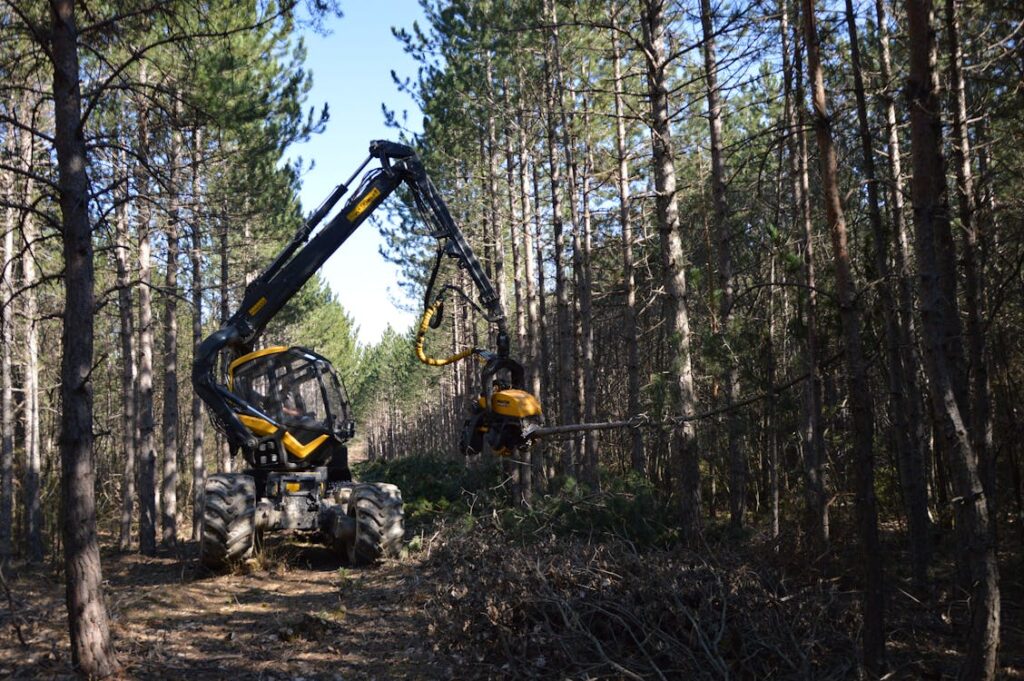
In this guide, we’ll explore the different types of forestry equipment, factors to consider when buying used equipment, cost considerations, inspection tips, and where to buy, to help you make a well-informed decision.
Types of Forestry Equipment
Exploring the different types of forestry equipment is essential before making any purchasing decisions. The reason is that forestry equipment encompasses a wide range of machinery designed to facilitate various tasks involved in logging, lumber production, and forest management. Therefore, understanding the primary functions and features of each type of equipment is crucial. Let’s take a brief look at the key types of forestry equipment:
1. Feller Bunchers

Feller bunchers are specialized vehicles equipped with an attachment that can swiftly cut and gather several trees at once. These machines are particularly efficient for clearing large areas of forest and are commonly used in logging operations.
2. Skidders

Skidders are essential for hauling cut trees from the forest to a landing area for further processing. They are designed to operate in rugged terrain and are available in various sizes and configurations to accommodate different logging conditions.
3. Dozers

Dozers, or bulldozers, play a vital role in forestry operations by clearing land, pushing debris, and creating access roads within forested areas. Their powerful blades and tracks make them well-suited for navigating through dense vegetation and rough terrain.
4. Forwarders:

Forwarders are specialized forestry vehicles designed for transporting freshly cut logs from the forest to a centralized location for processing or loading onto trucks. They are equipped with a loading area and are available in different sizes to accommodate varying load capacities.
5. Log Loaders

Log loaders are used to handle and load logs onto trucks for transportation to sawmills or processing facilities. They are equipped with hydraulic grapples or clamshell buckets, allowing for efficient handling of logs of different sizes.
6. Harvesters

Harvesters are advanced forestry machines designed for felling, delimbing, and bucking trees in a single operation. They are equipped with sophisticated cutting and processing heads, making them highly efficient for timber harvesting and processing tasks.
Factors to Consider When Buying Used Equipment
When considering the purchase of used forestry equipment, there are several compelling benefits of buying used forestry equipment that business owners should take into account. These benefits include cost savings, immediate availability, and the potential for acquiring well-maintained equipment at a fraction of the cost of new machinery. However, it’s essential to carefully evaluate several factors to ensure that the used equipment meets the business’s requirements and standards.

Here are the key factors to consider:
- Machine Condition and Inspection
- Age and Hours of Operation
- Maintenance and Repair History
- Brand Reputation and Model Reliability
- Availability of Parts and Service
1. Machine Condition and Inspection
Before purchasing any used forestry equipment, conducting a comprehensive inspection to assess its overall condition is crucial. This includes examining the structural integrity, components, and systems to identify any signs of wear, damage, or potential issues that may affect performance and safety.
2. Age and Hours of Operation
The age of the equipment and the total number of hours it has been in operation are important indicators of its overall wear and potential remaining lifespan. Understanding the equipment’s usage history can provide valuable insights into its level of wear and the extent of potential maintenance or repairs that may be required.
3. Maintenance and Repair History
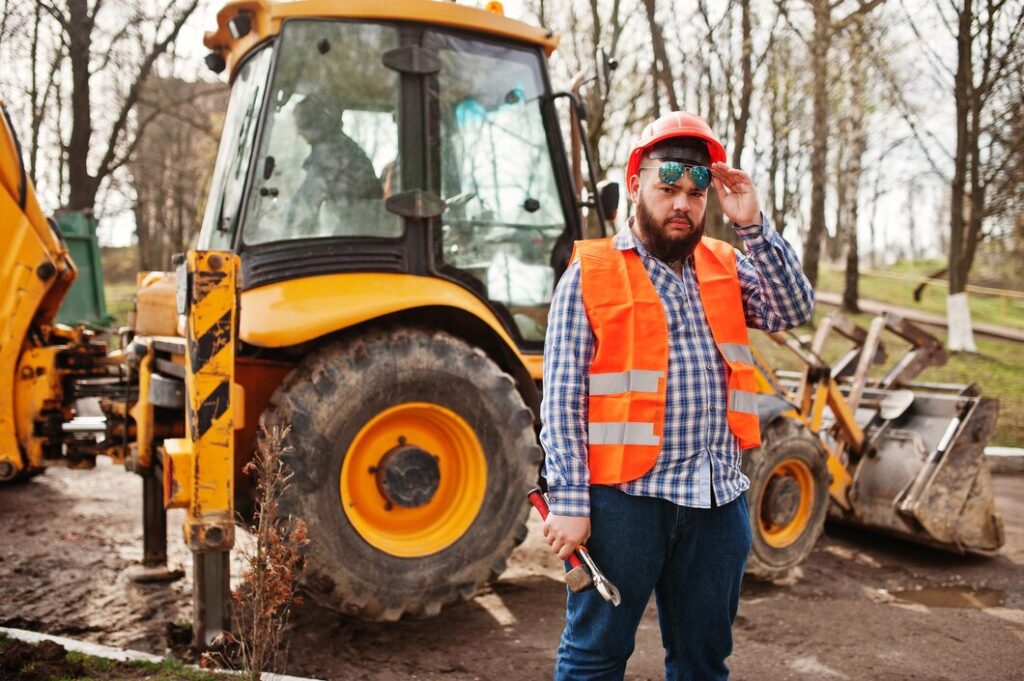
Obtaining detailed maintenance and repair records for the used equipment can offer valuable insights into its service history and the level of care it has received. A well-documented maintenance history is indicative of proper upkeep, which can contribute to the equipment’s overall reliability and performance.
4. Brand Reputation and Model Reliability
Considering the reputation of the equipment’s brand and the reliability of its specific model is essential. Some manufacturers are known for producing durable and high-quality equipment, while certain models may have a track record of reliability and performance in forestry applications.
5. Availability of Parts and Service
Ensuring that the necessary parts and service support are readily available for the used equipment is critical for ongoing maintenance and repairs. Assessing the availability of parts and services for the specific make and model of the equipment can help avoid potential challenges in the future.
Cost Considerations
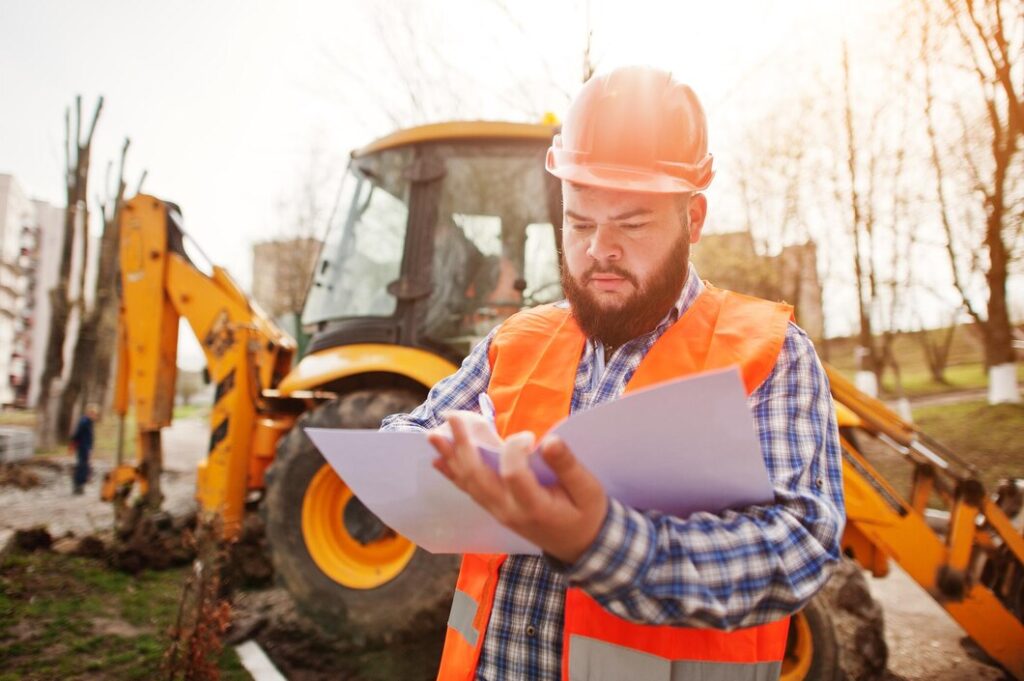
When it comes to cost considerations, it’s essential to weigh the initial purchase cost against the long-term investment. While new equipment may come with a higher initial price tag, used equipment can offer substantial cost savings. Additionally, exploring financing options and comparing the costs of used versus new equipment can provide valuable insights into the financial implications of each option.
Inspection Tips
Thoroughly inspecting used forestry equipment is crucial to identify potential issues and avoid unexpected costs in the future. It is essential to check key components such as the engine, hydraulics, undercarriage, and overall structural integrity. Professional inspections can provide a comprehensive assessment of the equipment’s condition while conducting test operations and functionality checks can further validate its performance and reliability.
Where to Buy
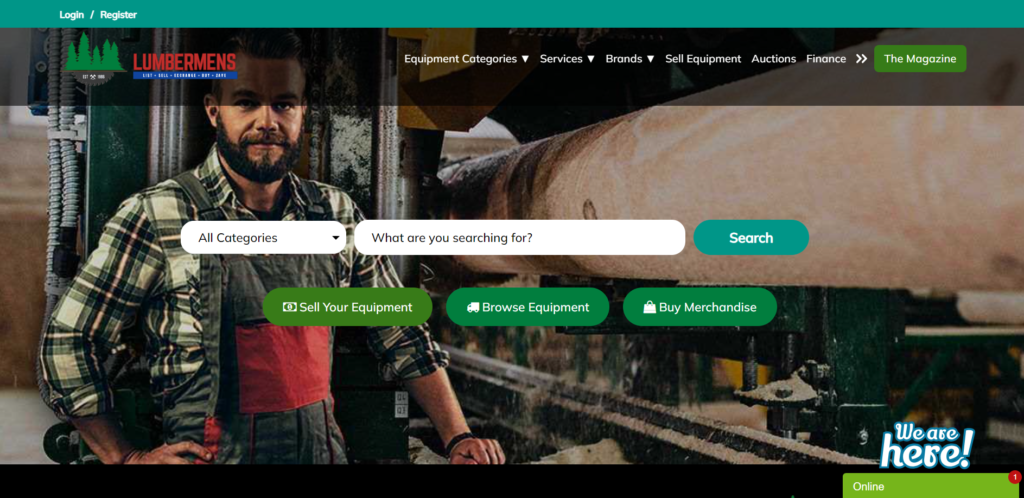
When looking to purchase used forestry equipment, reputable dealers and online marketplaces are viable options. Reputable dealers often offer refurbished equipment with warranties, while online marketplaces like Lumbermens, provide a wide selection of used equipment from various sellers. Additionally, auctions and private sales can also be sources of good deals. Regardless of the source, it is crucial to evaluate the seller’s credibility to ensure a reliable and transparent transaction.
Conclusion
Choosing the right used forestry equipment for your business requires careful consideration of various factors. By understanding the types of forestry equipment, evaluating the benefits of buying used equipment, considering cost implications, conducting thorough inspections, and identifying reputable sources for purchase, you can make an informed decision that aligns with your business goals. Remember, investing time and effort in selecting the right used forestry equipment can contribute significantly to the success and efficiency of your forestry operations.
